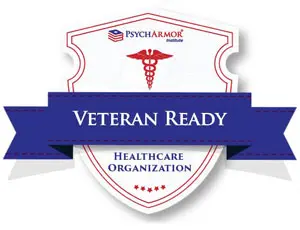Advances in Treatment for Painkiller Addiction
Advances in Treatment for Painkiller Addiction
Painkiller (opioid) addiction isn’t a moral or mental weakness. It’s a chronic medical condition that results from changes in the brain in susceptible people. Once narcotic addiction has developed, escaping the cycle of detoxification and relapse is typically a long-term process. Breaking free of prescription drug abuse takes much more than willpower. Fortunately, medications and counseling can improve the chances of success. New treatments like Suboxone, and traditional therapies like methadone and 12-step programs, are helping thousands of people stay on the road to recovery.
But for someone with an established narcotic addiction, the agony of opiod withdrawal is almost unbearable. The syndrome is intensely unpleasant, and people will do almost anything to avoid it. Opioid withdrawal lasts from hours to several days — and sometimes weeks — depending on how long and how much a person has used their drug of choice. After the intense initial symptoms subside, some physical and mental discomfort may persist for weeks.
Opioid withdrawal is difficult to endure, and is a major reason for relapse and continued prescription drug abuse. Medications are used to prevent symptoms of opioid withdrawal during detox, easing the person out of physical dependence:
Methadone is a long-acting opioid drug. It activates the same opioid receptors as narcotics, effectively eliminating withdrawal symptoms. Methadone is the most effective known treatment for narcotic addiction.
Subutex and Suboxone are the newest medicines for detox from prescription opioid addiction. Both activate opioid receptors, reducing drug craving and preventing withdrawal. Subutex is given during the first few days of treatment, while Suboxone is used during the maintenance phase of treatment.
Clonidine is a blood pressure medicine that acts on the brain. Clonidine reduces the effects of the “fight or flight” response, which is over-activated during opioid withdrawal. However, clonidine does nothing to reduce drug craving, and is mostly ineffective when used alone.
“Rapid detox” programs claim to accelerate the process of detox and opioid withdrawal by giving large doses of opioid blocking drugs. Some programs place an addict under general anesthesia during the detox process.
Advances have been made in the treatment of opioids, but maintaining therapy after detoxification is the most important part of the process. Options for effectively treating addiction to prescription opioids are drawn from research on treating heroin addiction. Behavioral treatments combined with medications have proven effective, and Seabrook offers these treatments. Seabrook employs highly credentialed professionals in the addiction field, whose specialties encompass every area of medical, clinical, psychological and spiritual treatment of the disease of addiction. Contact Seabrook to treat your addiction to prescription opioids and get on the road to recovery today!



